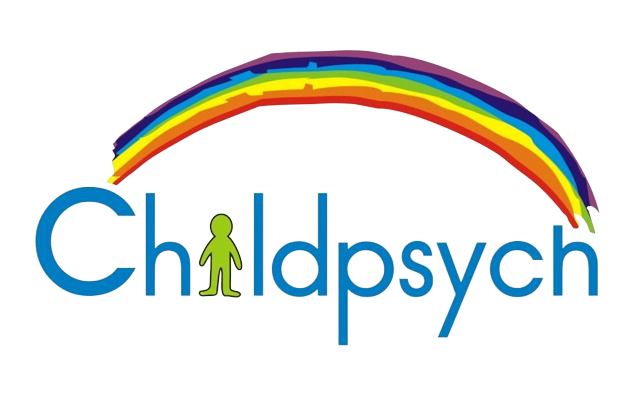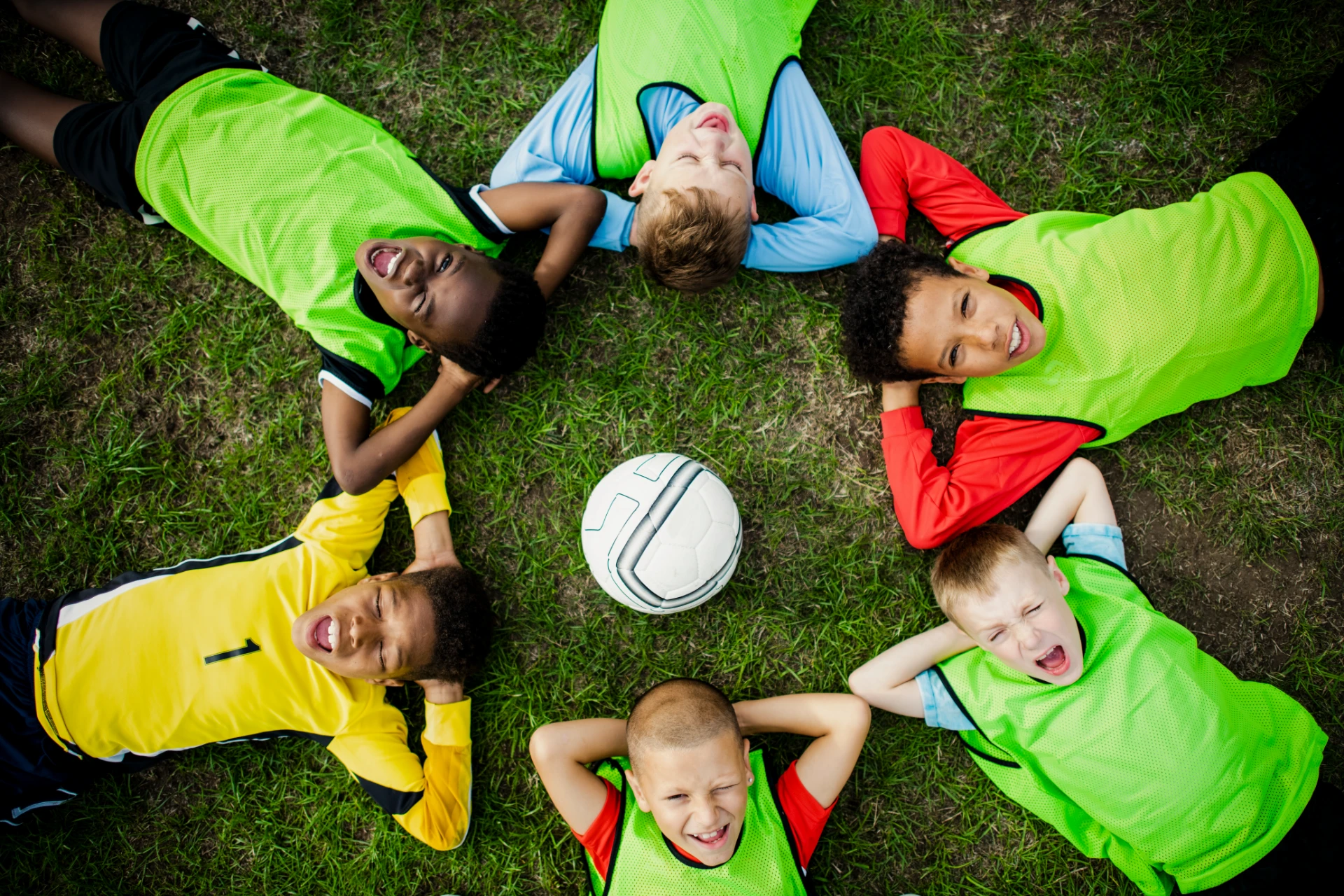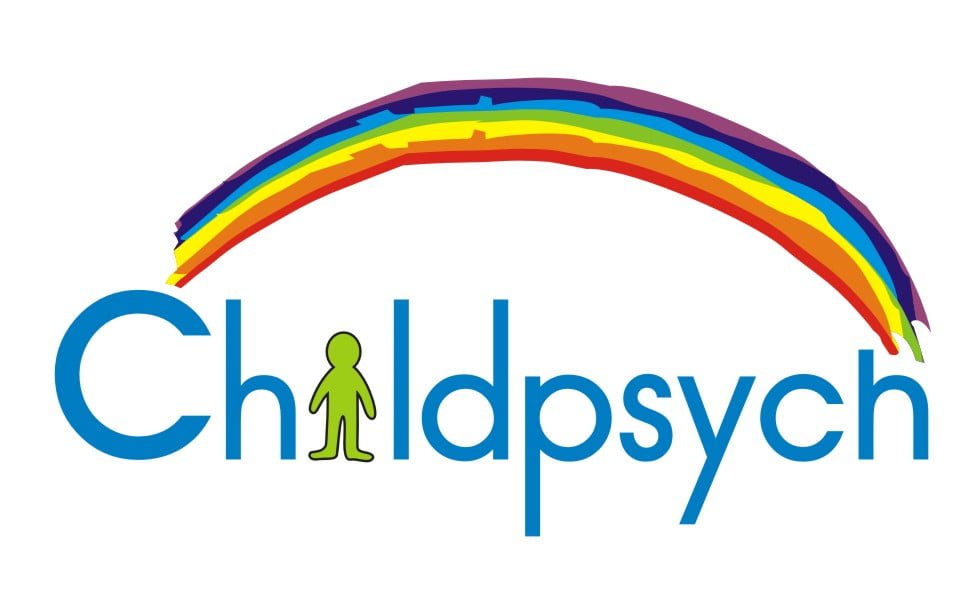
Have you ever wondered what happens inside your child’s brain when he smells a new flower or sees an unfamiliar insect? In that moment of quiet attention the sensory system sends a high speed signal to neurons in the relevant section of the brain to process some of the incoming information (small, red and black creature for example) and these neurons in turn react by sending messages along their dendrites (wiring) to other related neurons (these neurons may categorise the information under the heading “insects” and even further along the neuron chain as “ladybug”). This is known as the process of forming neural pathways in the brain and the next time your child sees a ladybug, it will be able to retrieve this information quickly.
Children and adults alike learn best when they use their senses to engage with their environment. And the more of our senses we use at the same time the better we’ll understand and remember the experience. Unfortunately as we get older the concepts and ideas we study become more abstract and we are able to rely less and less on our senses to help us learn. Understanding of these abstract concepts can only happen once we’ve built a concrete framework of the world around us and this is one of the major tasks in Early Childhood.
What children experience through their senses is thus the key to brain growth and development and the way in which parents regulate sensory experiences is one of the most direct way in which they can influence their children’s learning potential. But getting information in through our senses is only the first step, equally important is how our brain tries to make sense of what we see, hear, touch, smell and taste. This process is called perception and is affected by our previous experiences, knowledge and emotional connections. Stimulating the senses through play will help children develop and engage memory and also increases awareness of their own bodies
. So the next time you take out sensory materials for your child to play with or join him for a walk in the garden remember that it is much more than just play, you are in fact helping your child to develop effective data collection and processing functions.



